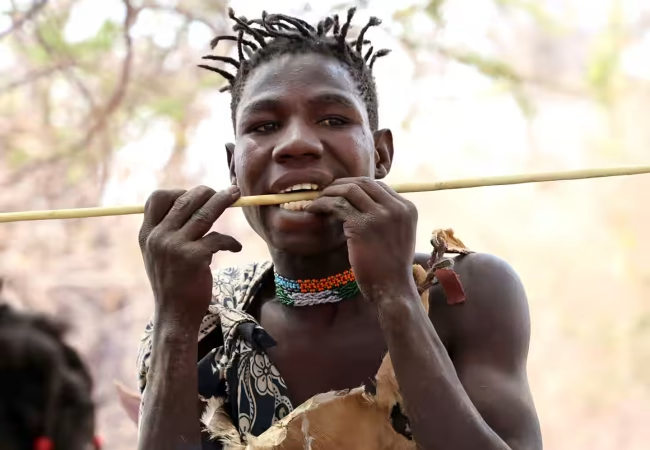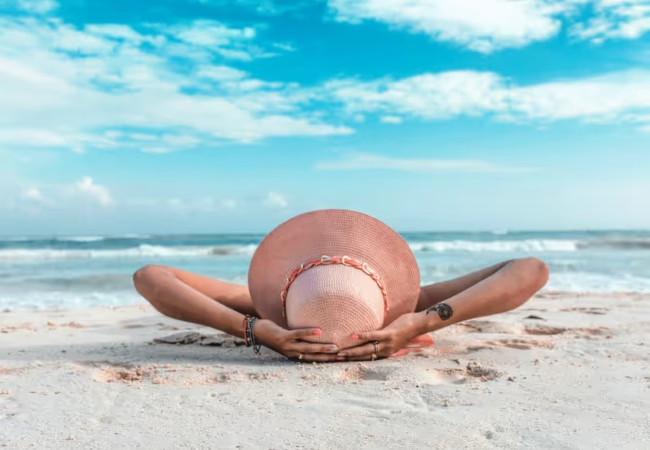The Unforgettable Experiences in Ngorongoro Crater: Where Nature’s Amphitheater Meets Wildlife Paradise
Ngorongoro Crater, located in northern Tanzania, is a natural wonder that captivates visitors with its breathtaking beauty and abundant wildlife. This UNESCO World Heritage Site is renowned for being the world’s largest intact volcanic caldera, spanning 260 square kilometers. Ngorongoro offers an unparalleled safari experience, combining geological marvels with a thriving ecosystem that supports an incredible diversity of animals.
Definition and Key Information
Ngorongoro Crater is a unique safari destination that stands out for several reasons:
- World’s largest intact and unflooded volcanic caldera
- Home to approximately 25,000 large animals in a relatively small area
- One of the best places to see the endangered black rhino
- Coexistence of wildlife and semi-nomadic Maasai people
- Part of the larger Ngorongoro Conservation Area, which includes important paleoanthropological sites
What makes Ngorongoro Crater a must-visit safari location?
Ngorongoro Crater offers 5 compelling reasons to visit: unparalleled wildlife density, stunning landscapes, rare black rhino sightings, cultural interactions with Maasai people, and its significance as a prehistoric site.
What wildlife can you expect to see in Ngorongoro Crater?
Ngorongoro Crater boasts an impressive array of wildlife, including:
- Big Five:
- Lions (one of the highest densities in Africa)
- Leopards (mostly on the crater rim)
- Elephants
- Black rhinos (critically endangered)
- Cape buffalo
- Other mammals:
- Hippos
- Zebras
- Wildebeest
- Gazelles (Thomson’s and Grant’s)
- Spotted hyenas
- Diverse bird species:
- Flamingos (in the crater’s alkaline lake)
- Ostrich
- Kori bustard
- Various raptors and water birds
- Notable absences:
- Giraffes (due to the steep crater walls)
- Impala (for unknown ecological reasons)
When is the best time to visit Ngorongoro Crater?
Ngorongoro Crater offers year-round wildlife viewing, but different seasons have unique advantages:
- Dry Season (June to October):
- Best wildlife viewing as animals congregate around water sources
- Clear skies and excellent visibility
- Higher tourist numbers and prices
- Wet Season (November to May):
- Lush, green landscapes
- Fewer tourists and lower prices
- Excellent for bird watching (migratory species present)
- Short rains in November-December, long rains in March-May
- Calving Season (February to March):
- Witness newborn wildebeest and zebra calves
- Increased predator activity
How does Ngorongoro Crater’s geology contribute to its uniqueness?
- Formation:
- Created by a massive volcanic eruption and collapse about 2-3 million years ago
- Crater floor lies 600 meters below the rim
- Ecosystem:
- Self-contained habitat with diverse microclimates
- Natural barrier limits animal migration, creating a “Noah’s Ark” effect
- Water sources:
- Lake Magadi (central soda lake)
- Ngoitokitok Spring (freshwater source for animals and picnic site for visitors)
- Vegetation zones:
- Crater rim: montane forest
- Crater walls: dense vegetation
- Crater floor: grasslands, swamps, and woodlands
What cultural experiences can visitors have at Ngorongoro Crater?
- Maasai village visits:
- Learn about traditional Maasai lifestyle and customs
- Participate in cultural dances and ceremonies
- Purchase authentic Maasai crafts
- Olduvai Gorge:
- Visit the nearby paleoanthropological site
- Learn about human evolution and early hominid discoveries
- Explore the museum with fossil exhibits
- Shifting cultivation areas:
- Observe how local communities practice sustainable agriculture
- Learn about the balance between conservation and human needs
How to plan your Ngorongoro Crater adventure
- Choose the right season based on your interests and budget
- Book accommodations early, especially for lodges on the crater rim
- Plan for at least two game drives in the crater (morning and afternoon)
- Consider combining Ngorongoro with other nearby attractions like Serengeti National Park
- Hire a reputable tour operator for guided safaris and cultural experiences
- Prepare for cooler temperatures, especially on the crater rim
- Bring appropriate safari gear: binoculars, camera with zoom lens, and warm layers
- Be aware of altitude effects (the crater rim is at about 2,200 meters above sea level)
Conclusion
Ngorongoro Crater offers a truly unique safari experience, combining extraordinary wildlife viewing opportunities with breathtaking landscapes and rich cultural heritage. From its geological wonders to its role in human evolution studies, the crater provides visitors with an unforgettable journey through nature’s grand amphitheater. Whether you’re a wildlife enthusiast, a geology buff, or a cultural explorer, Ngorongoro Crater promises an adventure that will leave you in awe of our planet’s natural and historical treasures.



